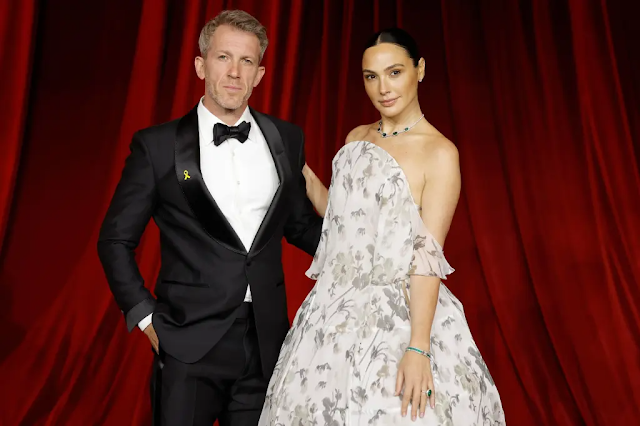Born on September 29, 1931, in Malmö, Sweden, Anita Ekberg grew up in a modest household as the sixth of eight children. Though her early years gave little hint of the international fame that awaited her, her striking beauty set her apart from an early age.

Her journey to stardom began in 1950 when she won the title of Miss Sweden. While she didn’t take home the Miss Universe crown, her participation in the pageant proved to be a turning point. The exposure brought her to Hollywood, where her captivating presence quickly caught the eye of industry insiders. This newfound recognition opened doors in modeling and acting, setting the stage for her entertainment career.
Breaking into Hollywood

Ekberg’s Hollywood debut came in the mid-1950s with supporting roles in films such as Blood Alley (1955), where she appeared alongside John Wayne and Lauren Bacall, and the comedy Artists and Models (1955), starring Dean Martin and Jerry Lewis. Her Nordic beauty and statuesque elegance earned her the nickname “The Iceberg,” reinforcing her image as a classic Hollywood bombshell. Popular media, including Playboy, frequently featured her, further cementing her status as a pop culture sensation.
La Dolce Vita and Global Stardom

However, it was her role in Federico Fellini’s La Dolce Vita (1960) that made her an international icon. Her portrayal of Sylvia, the enchanting yet elusive starlet, captured the essence of celebrity allure and mystery. The film’s most legendary moment—Ekberg wading through Rome’s Trevi Fountain in a flowing black gown—became one of the most enduring images in cinematic history.
Despite the worldwide recognition La Dolce Vita brought her, the role also led to typecasting, with many directors offering her parts that emphasized her glamorous persona. While this limited her opportunities for more diverse roles, Ekberg embraced the fame it afforded her, understanding the power of the image she had cultivated.
Life in Italy and Career Beyond Hollywood

Choosing to remain in Italy after her rise to stardom, Ekberg found greater creative freedom outside Hollywood’s constraints. She appeared in notable European films such as Boccaccio ’70 (1962), an anthology featuring works by Fellini and Vittorio De Sica, and 4 for Texas (1963), where she reunited with Dean Martin and Frank Sinatra. Though filmmakers often cast her in roles that leaned into her seductive image, she maintained a strong presence in European cinema, solidifying her legacy as a screen siren of her era.
Gal Gadot Suffers Brain Blood Clot While 8 Months Pregnant and on Bed Rest
Gal Gadot, known worldwide for her role as Wonder Woman, faced a real-life battle of her own while pregnant with her fourth child, Ori. The actress recently revealed she underwent emergency brain surgery after discovering a “massive” blood clot during her eighth month of pregnancy.
Gadot, 39, shared her harrowing experience in an emotional Instagram post, set to be published Sunday.
“In February, during my eighth month of pregnancy, I was diagnosed with a massive blood clot in my brain,” she wrote. “For weeks, I endured excruciating headaches that confined me to bed. Finally, an MRI revealed the terrifying truth. In one moment, my family and I were confronted with the fragility of life. It was a stark reminder of how quickly everything can change.”

Within hours of her diagnosis, Gadot underwent emergency surgery at Cedars-Sinai Medical Center in Los Angeles. Despite the uncertainty and fear surrounding the situation, Ori was born safely during this critical time.
Gadot and her husband, film producer Jaron Varsano, are parents to four daughters: Alma, 13, Maya, 7, Daniella, 3, and Ori, now 9 months. Married since September 2008, the couple chose the name Ori, meaning “my light,” with deep personal significance.
“Before the surgery, I told Jaron that when our daughter arrived, she would be the light waiting for me at the end of this tunnel,” Gadot explained. “Thanks to an extraordinary team of doctors at @cedarssinai and weeks of dedicated care, I made it through and began my road to recovery. Today, I am fully healed and filled with gratitude for the life I’ve been given back.”
Gadot reflected on the lessons she learned from the ordeal, emphasizing the importance of listening to one’s body.
“Pain, discomfort, or even subtle changes often carry deeper meaning,” she wrote. “Being attuned to your body can be lifesaving.”

She also highlighted the need for awareness about cerebral venous thrombosis (CVT), the condition she experienced. “I had no idea that 3 in 100,000 pregnant women in their 30s develop a blood clot in the brain. While rare, it’s treatable if identified early. Sharing this isn’t to frighten anyone but to empower. If even one person takes action for their health because of my story, it will have been worth sharing.”
Gadot first announced Ori’s birth in March, sharing a photo of herself cradling her newborn in a hospital bed. “My sweet girl, welcome,” she captioned the post. “The pregnancy was not easy, but we made it through.”
Through resilience and courage, Gadot has emerged from her health crisis with a renewed sense of gratitude, inspiring others to prioritize their well-being.



Leave a Reply